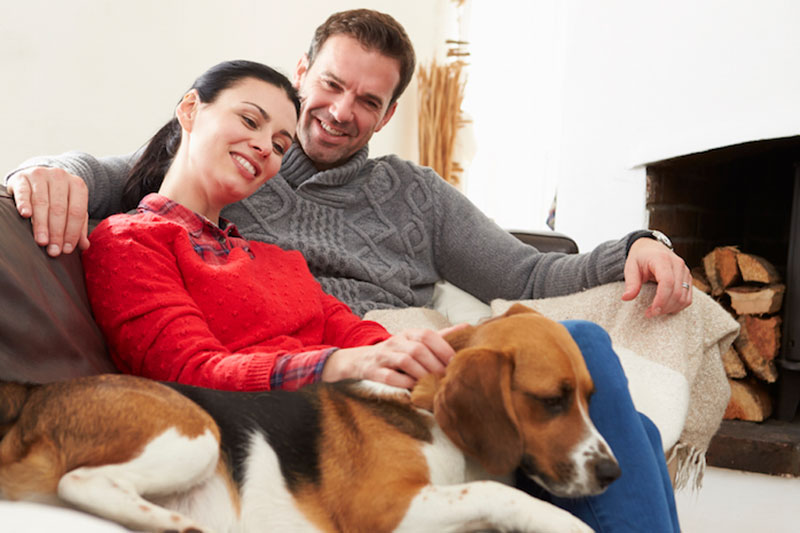
Maintaining cozy heating and cooling in Macon, Georgia, all year appears to be a great approach. But actually, how can you maintain a comfy home while stopping energy costs from skyrocketing?
Keeping your home cozy during the winter isn’t as complicated as you may think. But every now and then you could require pro assistance if you’re finding hot and cold areas. Or if your equipment doesn’t provide comfort like it previously did.
If you’re experiencing comfort trouble or need furnace repair, the heating and cooling specialists at Air Temperature Control can help. Contact us at 478-339-3882 to set up an appointment now.
For the time being, here are some ideas on how to set your thermostat while it’s colder.
Decrease Temps When You Leave
Lowering the thermostat 10–15 degrees while you’re out for the day can save 5–15% on your energy costs, according to the Department of Energy. If your residence is empty during the day, this is a great method to decrease expenses. And when you think about what only 5% could do for your heating expenses, that can make a big difference!
Turn Down Temps Why You Sleep
You can also turn down the temperature before you go to bed. It surprisingly benefits more than only your heating expenses! The best temperature for going to bed is 60-67 degrees, according to the National Sleep Foundation. Your body cools down naturally to help you fall asleep, so keeping your room chilly could help you fall asleep faster.
Buy a Smart Thermostat
One idea to think about if you don’t already utilize it—a smart thermostat. You won’t have to walk over to the thermostat to change it. In reality, you can lower it from nearly anyplace with your web-enabled device. A Wi-Fi thermostat also learns your family’s schedule and instinctively changes the temperature to help you save more on utilities.
Have a More Comfortable House with Help from the Heating and Cooling Specialists
Even if you don’t make major changes to your thermostat, a small adjustment can impact your utility costs.
While you are controlling your thermostat, there are several other things to remember during the heating season.
- Set an appointment for regular furnace maintenance. Heating service ensures your system is operating appropriately and might help make your heating system more efficient.
- Examine your filtration. If you don’t view light through it, you need to get a new one.
Both of these things will help confirm your heater is in top form to keep your home comfortable.
If you need help having a smart thermostat or have HVAC concerns, contact the specialists at Air Temperature Control to get outstanding guidance. You can contact us at 478-339-3882 or request an appointment online.
